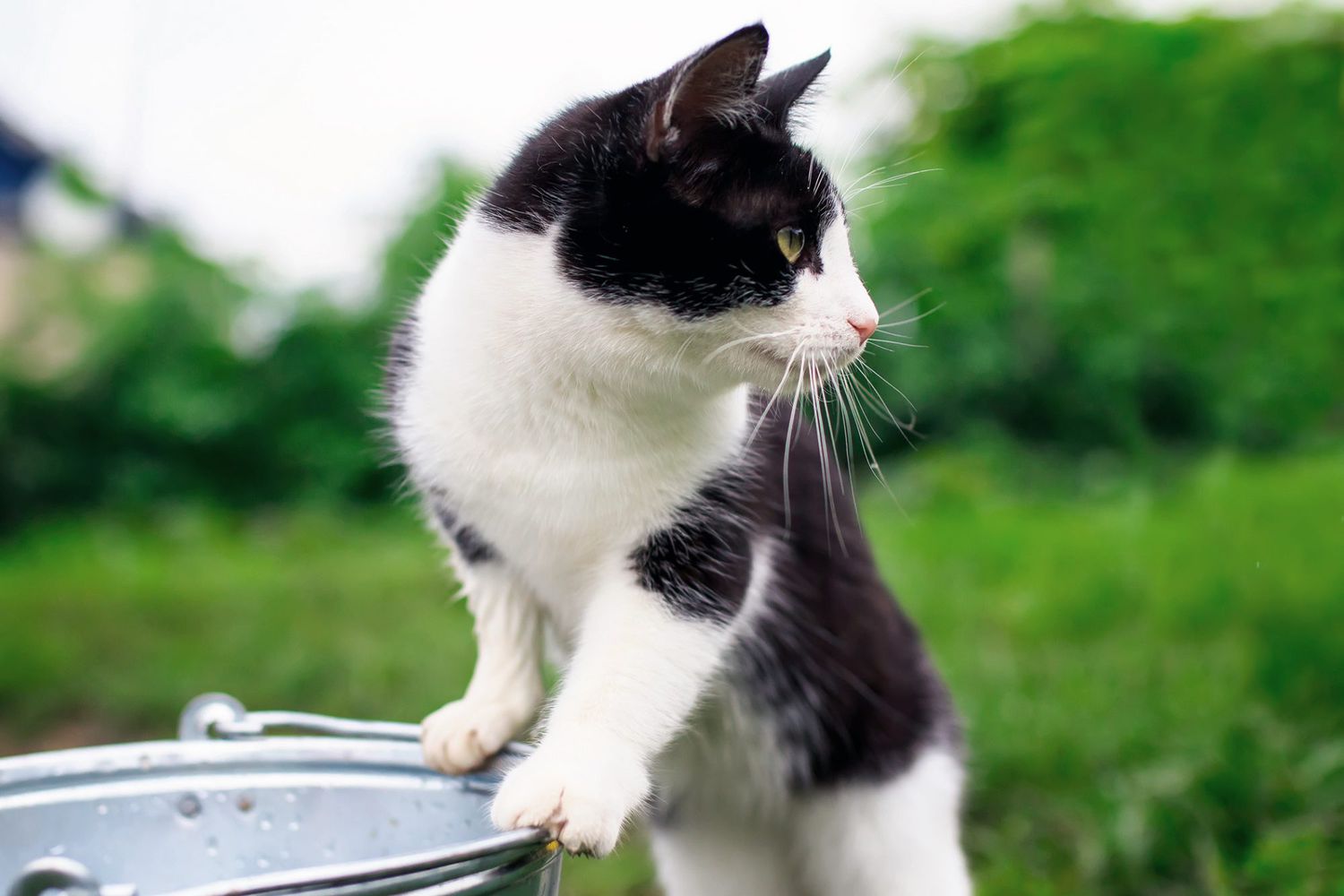
Cat litter and litter boxes play a critical role in the lives of both cats and their owners. From the simple starts of sand and soil to the ingenious improvements of today, the world of cat litter has actually progressed substantially. In this comprehensive guide, we look into every element of cat litter and litter boxes, exploring their history, types, advantages, obstacles, and whatever in between.
The history of cat litter go back centuries, with ancient civilizations utilizing sand, soil, and even ashes as primitive litter products. Nevertheless, it wasn't until the mid-20th century that modern cat litter as we understand it emerged. In 1947, Edward copyright introduced the world's first industrial cat litter made from absorbent clay, reinventing the method cats relieved themselves indoors. Ever since, cat litter has actually gone through many improvements, with the intro of clumping litter, silica gel litter, eco-friendly alternatives, and more.
Today, feline owners are spoiled for option when it concerns choosing the best litter for their feline companions. Traditional clay litter remains popular for its affordability and efficiency in soaking up smells. Clumping litter, which forms strong clumps when wet, simplifies cleaning and maintenance. Silica gel litter, made up of extremely absorbent silica crystals, provides exceptional odor control and longevity. Biodegradable alternatives, such as recycled paper, wood pellets, corn, and wheat, interest ecologically conscious consumers.
Each kind of cat litter provides unique advantages. Clay litter excels in its ability to absorb wetness and control smells, making it a trusted choice for many cat owners. Clumping litter streamlines everyday scooping and extends the self cleaning cat litter box time between complete litter modifications. Silica gel litter offers exceptional smell control and can last longer in between replacements. Naturally degradable litters offer a sustainable option that lessens environmental effect.
While cat litter improves indoor feline hygiene, it is not without its obstacles. Dust from clay litter can present respiratory risks for both felines and humans, triggering the popularity of dust-free alternatives. Some felines may establish litter box aversion due to issues with texture, aroma, or cleanliness, demanding experimentation with different litters and box configurations. Multi-cat homes may need strategic litter box positioning and regular maintenance to avoid territorial disputes and make sure all cats have access to clean centers.
Choosing the proper litter box is vital for promoting positive litter box practices and overall feline wellness. Factors to think about include size, ease of access, and design choices. Covered litter boxes supply privacy and aid include smells, however some cats might discover them confining or frightening. Open-top litter boxes offer simple access and exposure however may lead to more litter scatter. Automatic self-cleaning litter boxes streamline maintenance however require regular tracking and upkeep.
Appropriate litter box upkeep is essential cat litter box enclosure for making sure a clean and inviting environment for both felines and their owners. Daily scooping eliminates waste promptly, lessening smell and discouraging litter box aversion. Routine litter replacement, typically every 1-2 weeks, prevents bacterial accumulation and keeps optimal absorbency. Comprehensive cleansing with mild detergent and water, preventing extreme chemicals that may discourage felines from utilizing the box, ought to be carried out monthly.
Cat litter and litter boxes play a main function in fostering a healthy and harmonious relationship in between felines and their human buddies. With a diverse range of litter alternatives and litter box designs offered, feline owners have the versatility to customize their options to suit their cats' preferences and home requirements. By comprehending the evolution, types, benefits, and Clay Cat Litter challenges of cat litter and litter boxes, animal owners can offer their feline good friends with a comfy and hygienic indoor environment.
Comments on “The Ecological Effect of Clay Cat Litter Mining”